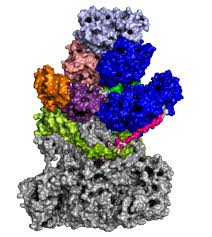In order for viruses to proliferate, they usually need to be supported by infected cells. In many cases, the molecules they need to replicate their own genetic material are only found in the nucleus of the host cell before infecting other cells in the vicinity. But not all viruses enter the nucleus. Some viruses stay in the cytoplasm and must, therefore, be able to replicate their genetic material independently. To…
Author: biostt
Using New Imaging Technology to Reveal the Mechanism of Cancer Cell Growth and Spread in Colon
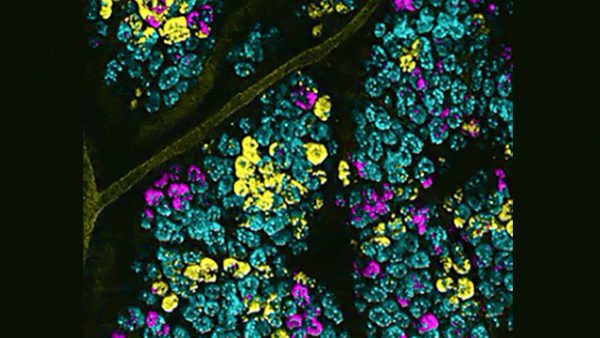
According to a recently published report in Nature Communications, scientists from Duke University Medical Center and other institutions revealed how stem cell mutations quietly occur and spread to a wide range of areas in the colon until they eventually dominate and develop into malignant tumors. By using an innovative model system in mice, researchers can visually mark colon cancer mutations by promoting stem cell luminescence, and then they can observe…
Unraveling the Mystery of the Structure of the Potassium-Chloride Cotransporter
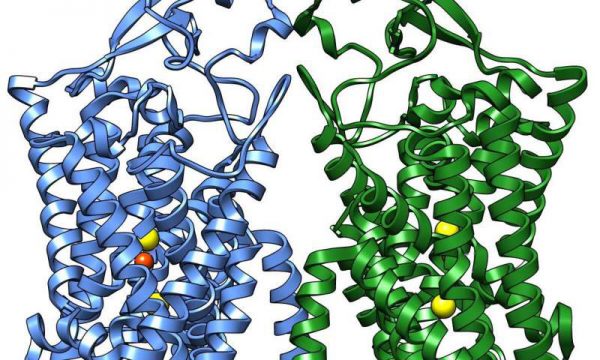
Once the homeostasis of potassium, sodium, and chloride in human cells is out of balance, it will lead to a series of diseases such as hypertension, depression, and epilepsy. At the cell membrane, there is a class of proteins known as cation-chloride cotransporters that effectively regulate ion homeostasis in the cell. The group of Guo Jiangtao of Zhejiang University School of Medicine solved the 2.9-Å high-resolution cryo-EM structure of a…
Fluorescent Probes Provide a Whole View of Drug Delivery in Cells

Selecting the most effective molecules for drug delivery usually requires trial and error. Recently, researchers at Cornell University have revealed how to transport molecules behave in living cells, providing some basis for judgment. The drug delivery system controls when and where the drug is released in the body. The principle of many drug delivery systems is to connect antibodies (looking for targets such as cancer cells) with drugs used…
Visualizing How HIV Multiplies In vivo with High Resolution
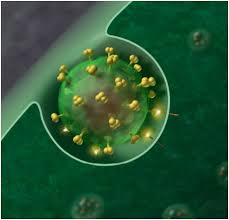
To treat a disease, we must understand how it arises. In a new study, researchers from Germany, Britain, France, Spain, and Australia now use high-resolution imaging to visualize how HIV spreads between living cells at millisecond resolution. Using ultra-high resolution STED fluorescence microscopy, they provide the first direct evidence that the HIV virus builds a lipid environment for its own replication. In response, they created a method to study how…
Studies Revealed the Cryo-EM structure of Human Lysosomal Cobalamin Exporter ABCD4
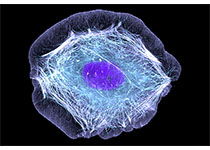
Recently, Yuxing, Chen and Congzhao, Zhou, professors of National Research Center for Microscale Material Science and Department of Life Science and Medicine of University of Science and Technology of China, collaborated with Linfeng Sun’s group to analyze the near-atomic resolution 3D structure of human lysosomal vitamin B12 efflux protein ABCD4 using cryo-EM technology for the first time, providing a basis for in-depth understanding of the molecular mechanism of this type…
Scientists Filmed the First Video of T Cells Being “Educated”

Immunologists from the University of Texas at Austin first captured a video of T-cells being educated at an early stage and the results were published in the journal Nature Communications. The study showed a new imaging technology that allows video recording, which is expected to fight against autoimmune disorders disease, such as type 1 diabetes. T cells are one of the most powerful weapons against many diseases in the…
Fetal’s Head Might Be Reconstructed During Labor

The three-dimensional images captured by scientists through magnetic resonance imaging (MRI) technology, showed how the head and skull are shaped when passing the birth canal before childbirth. Olivier Ami of the University of Kloofen, France, and his colleagues published these latest research results in PLOS ONE. Doctors have known that the baby’s head shape might be changed during labor and these changes are so-called “head molding”, which occurs in…
New Research Reveals The Structure of Key Electrical Switches in The Brain

Scientists have revealed the structure of key receptors in the brain that are involved in learning, memory, behavior, and mood. The new study published in the journal of Science reveals the structure of the AMPA receptor in its natural state for the first time. This discovery will bring new ideas to uncover the mechanisms behind a series of neurological disorders and diseases. “There are some basic electrical switches in…
Many Studies Show that A Computational Method that Thermally Stabilizes G-protein-coupled Receptors is Promising in The Analysis of Receptor Structures

Researchers from the Moscow Institute of Physical Science and Technology (MIPT), the Skolkovo Institute of Science and Technology (Skoltech) and the University of Southern California (USC) have developed a new computational method to design thermally stable G Protein-coupled receptors (GPCRs), which are very effective in developing new drugs. This method has been shown to be useful for obtaining the structure of several major human receptors. An overview of this new…
